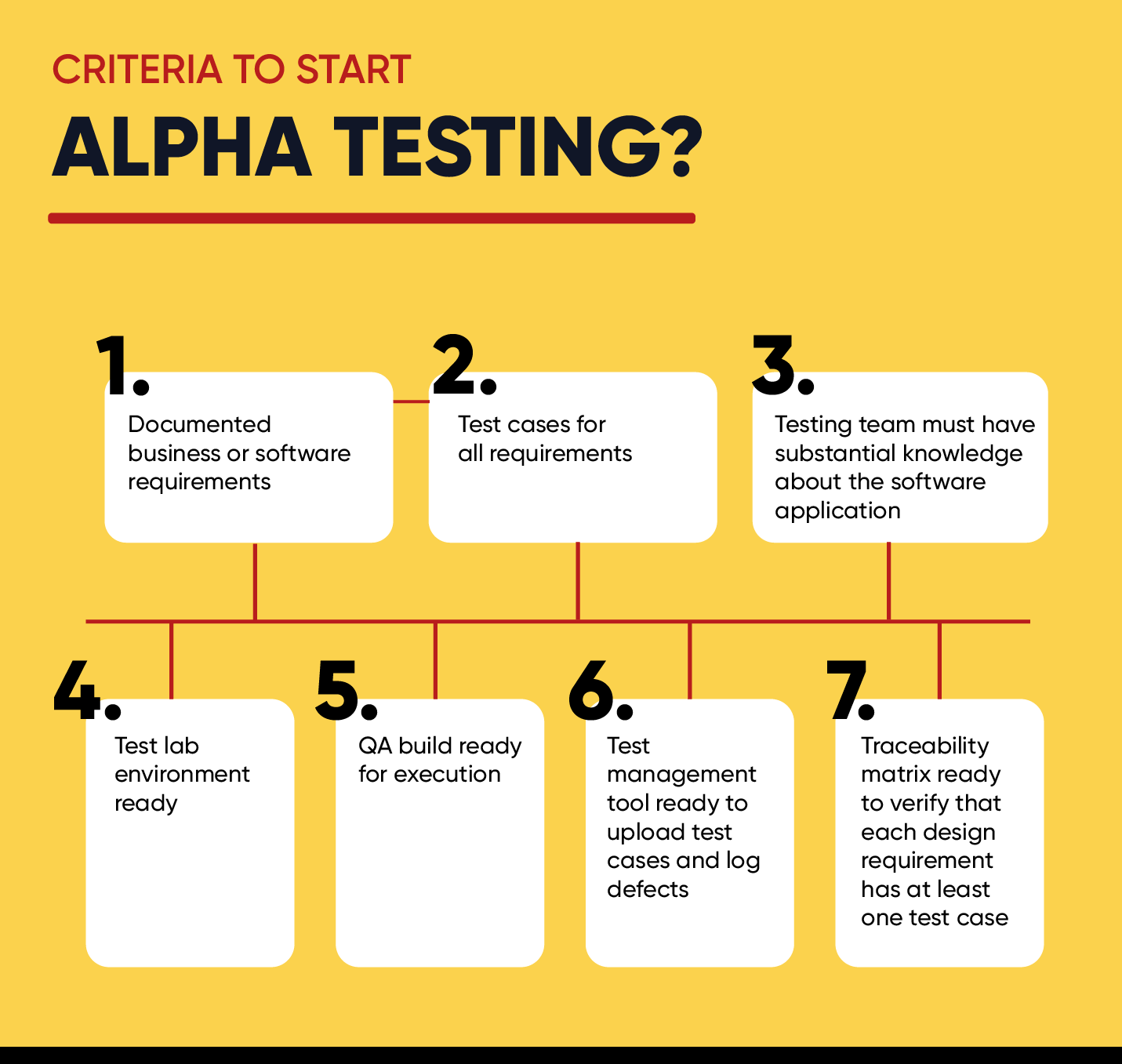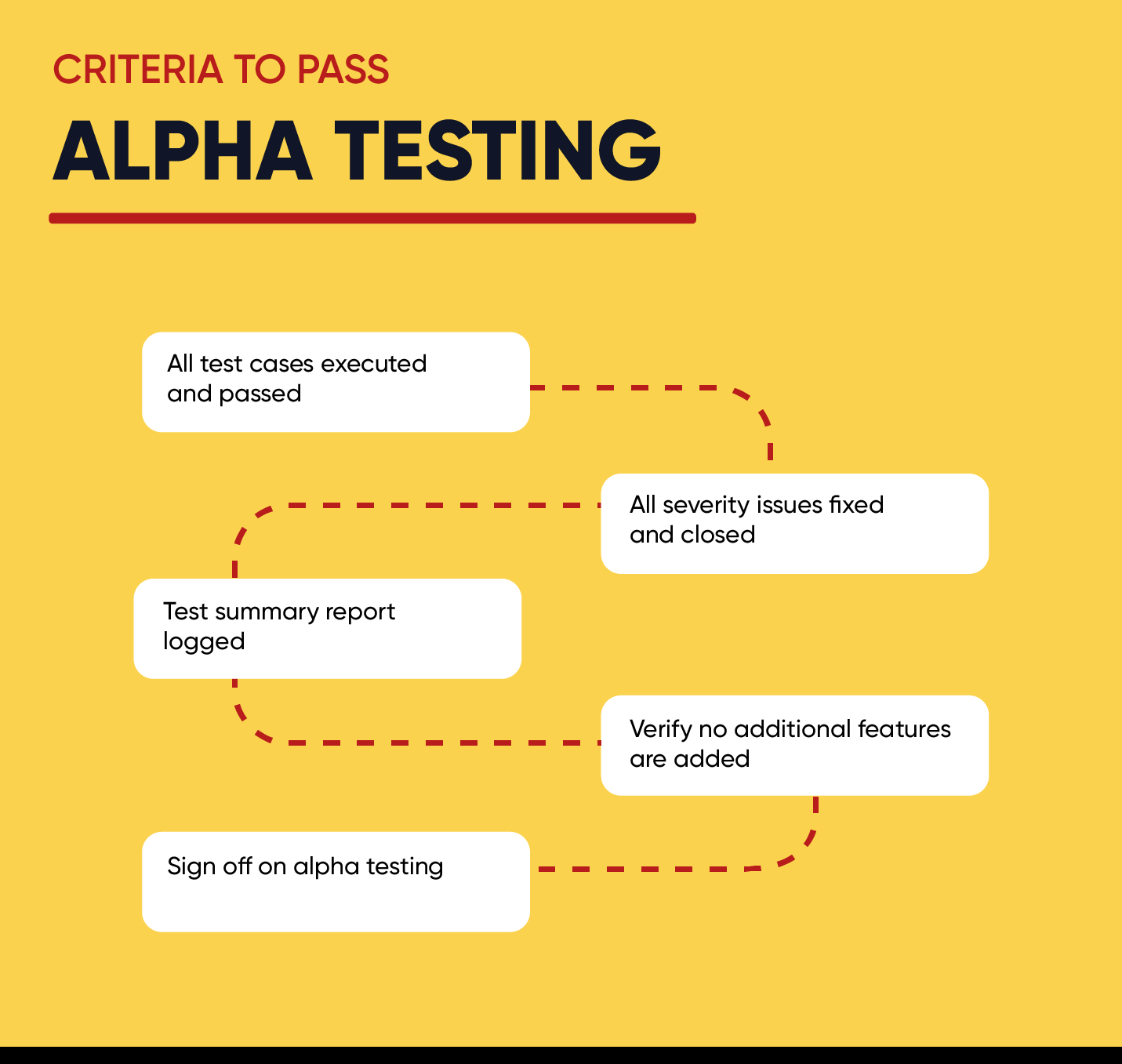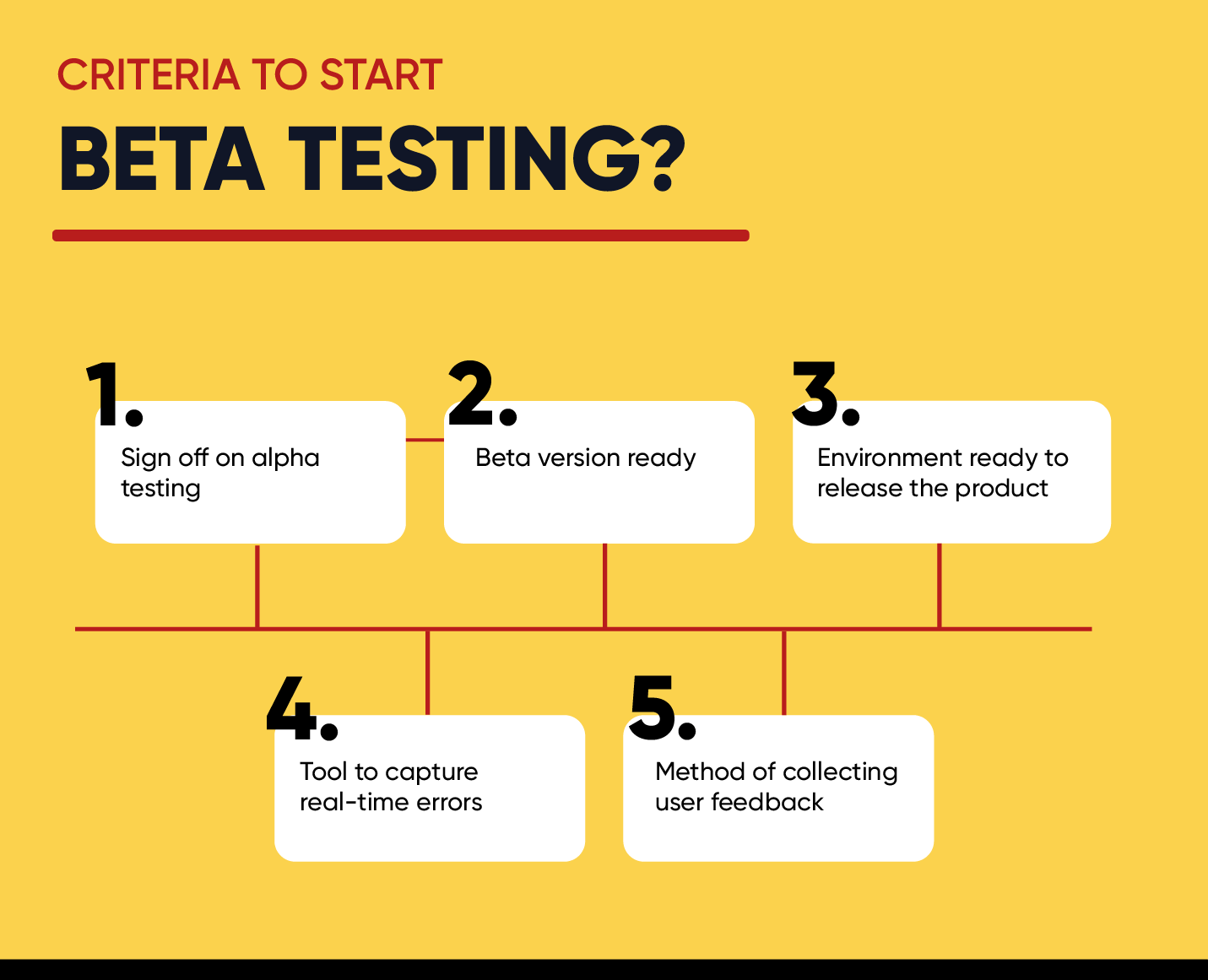Learn how you can Unlock Limitless Customer Lifetime Value with CleverTap’s All-in-One Customer Engagement Platform.

You’ve been working for months and are finally ready to release a new feature within your app. The design is ready to go, development is complete, marketing is queued up, and you’re excited to launch.
Before you give the green light, do you know how your users will respond to this new add-on? Are there any variables that could result in churn? How reliable is this new feature?
Testing gives you insight into the answers to these questions, confidence for a successful launch, and more importantly, might save you from making an ill-advised business decision.
This post explains the two most common testing types, alpha testing and beta testing, so you understand their application, pros and cons, and determine how they can benefit your app.
Most commonly used by software development teams, alpha testing is a form of internal user acceptance testing conducted before the launch of a new feature or product.
The goal is to uncover any bugs by having internal team members use the feature as if they were external users. You want to simulate the experience a user would have with this new product so your development team can go back and address any issues or defects before it goes live. 

Pro: Alpha testing gives software developers better insight into the product release early on, so they’re able to rectify any major bugs before launch.
Con: Since the software is still in development, some in-depth functionalities and capabilities cannot be tested.
It can be hard to kick off user acceptance testing without knowing where to start. Here’s an example of a common alpha testing process:
Here’s a quick beta testing definition: it’s a form of external user acceptance testing that involves real users testing a new product in a real environment.
While alpha testing is a thorough and rigorous testing phase, there is no way to test every application of a new product without releasing it to actual users. Beta testing ensures the quality of the product meets users’ standards and expectations through customer validation.
There are several ways to release a product in beta to users. Companies can invite users to test the product on their own or they can release it to the public with a disclaimer that it’s still in beta. 

Pro: Customer validation from real-life usage of your product provides better insights on usage, reliability, and security.
Con: It can be difficult to make customer feedback actionable. Some companies struggle with differentiating between customer perception and valid product issues that need to be addressed.
Releasing a new product to a group of customers requires some due diligence. Here’s an example of steps you can take to ensure a successful beta test:
Alpha and beta testing are forms of acceptance testing, which is all about determining how your app and features behave when actual users interact with them.
While it can be easy to confuse Alpha vs Beta software testing, it’s important to understand how they differ so you can determine when it makes sense to conduct each test cycle for your product.
While both alpha and beta testing have their pros and cons, every product application is different. It’s up to you to determine which testing is right for your product.
When development teams are looking to obtain the most thorough testing, they typically run both alpha and beta tests. That way, they can test every application of the product and gather feedback internally and externally.
Testing your product is just the first step. Once it’s out there, you need to be continuously learning and improving as your users’ needs evolve. Discover which metrics matter to scale successfully by downloading the free whitepaper below.

Mastering Mobile App Engagement & Retention